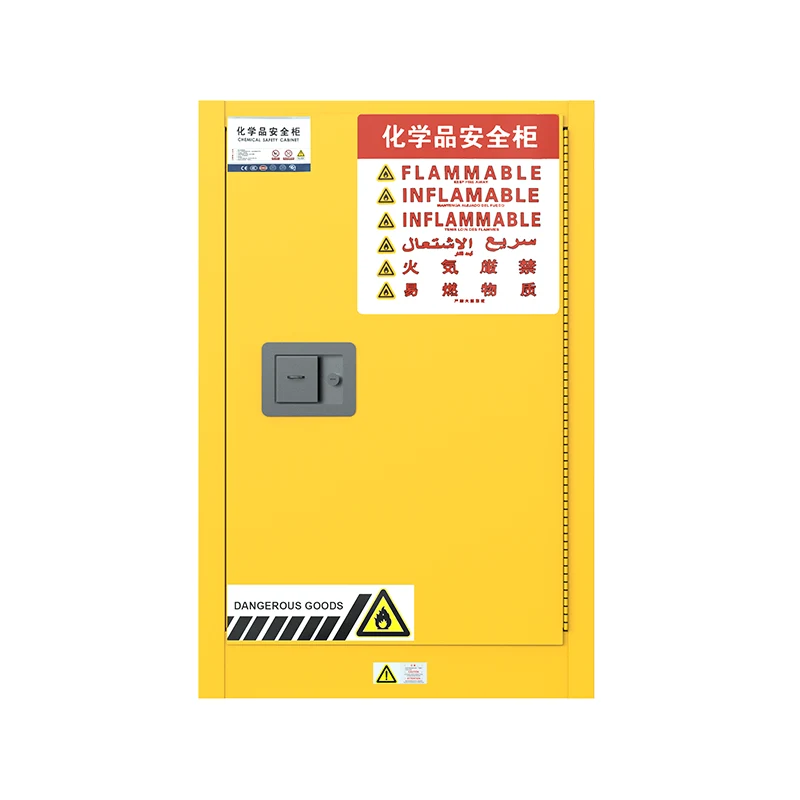How to Choose the Right Chemical Storage Cabinet for Your Needs
2025-04-27
When dealing with hazardous materials, not just any storage will do. Selecting the right chemical storage cabinet is vital for maintaining safety and compliance. But with so many types available, how do you choose the best one for your needs?
Start by identifying the chemicals you need to store. Different substances require different types of protection. For example, flammable liquids must be stored in fire-resistant cabinets, typically made of double-walled steel and equipped with flame arresters. Corrosive chemicals like acids and bases need cabinets lined with polyethylene or coated with corrosion-resistant materials. Storing incompatible chemicals together can lead to dangerous reactions, so separation is key.

Consider the size and capacity. Cabinets come in a range of sizes—from compact under-counter models to large, freestanding units. Evaluate how many containers you need to store now and account for future growth. Overloading a cabinet can compromise its effectiveness and create hazards.
Look for essential safety features. Spill containment sumps, locking mechanisms, adjustable shelves, ventilation options, and clear hazard labeling are all important. Some facilities may require cabinets with self-closing or self-latching doors, especially in fire-prone environments.
Don’t overlook compliance certifications. Cabinets should meet local and international standards such as OSHA, NFPA, EN 14470-1, or FM approvals. Certification ensures that the cabinet has been rigorously tested to perform under critical conditions.
Choosing the right chemical storage cabinet is more than a purchase decision—it’s a strategic move toward a safer, more efficient workplace. By assessing your specific needs carefully and investing in the right equipment, you protect your team, your business, and your community.


